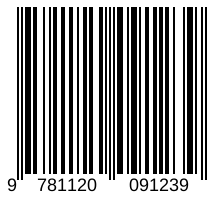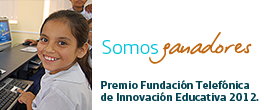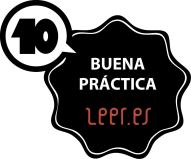This week we've been reading "Washing Line" by Jez Alborough. The elephant and his friends guess who each of the pieces of washing on the line belong to because of their shape or size, and then there's a surprise at the end. https://youtu.be/1FY5mdF57s8?si=YkpMGDvYVIb2qUJO The children joined in the conversation about the pictures, guessing who the... Seguir lendo →
COMPARATIVE GAMES
Are you ready to leran comparative adjectives with these fun comparatives games? Here you have some activities that are great for introducing or reviewing comparative adjectives with beginner English language learners. Drag the adjectives into the correct category.(OPEN THE ACTIVITY HERE) https://wordwall.net/es/resource/70946677 What do you know about Harry Potter? Read and choose the correct comparative... Seguir lendo →
ADJECTIVES GAMES
What do animals look like? Can you describe them? Let's learn some adjectives you can use to do it. Click on the picture Now, try to use them completing these sentences. https://wordwall.net/es/resource/70908828
Book and film genres board game
Board games are anything but boring! Research shows many benefits to playing board games in the classroom. They can teach and reinforce many skills allowing students to learn without realizing it! Benefits of Playing Games Games are fun!Students have a sense of happiness and excitement, creating a positive learning environment. Making gameplay a routine in... Seguir lendo →
PETS GAMES
If you want to practice the vocabulary related to pets and the Present Simple with the verb To Be, here you have two easy games created in Educaplay.
PETS, PETS
This school year, our school is working on a project about animals. From the English area we will try to participate as far as possible. Thus, taking advantage of the fact that in the 1st cycle we are learning to talk about our pets, we were preparing these funny songs. We hope you like them.... Seguir lendo →
ADVERBS OF FRECUENCY
Let’s start a new unit in Level 5. In this unit we will learn about free time activities at the weekend. We will use adverbs of frequency and talk about how often we do things. Take a look at these presentations and learn how to express frecuency. GENIALLY PRESENTATION PREZI PRESENTATION Let's practise a little... Seguir lendo →
School subjects
What subjects do you like best? Are you good at Maths? Or...Do you prefer English? Let's practise the vocabulary related to school subjects. Click on the images.
Ordinal Numbers 1-30
One, two, three … are cardinal numbers.First, second, third … are ordinal numbers. You can normally create ordinal numbers by adding -TH to the end of a cardinal number. Four – Fourth Sixteen – Sixteenth The main exceptions are with the numbers 1, 2, and 3. one – first two – second three – third Also you need to be careful with the spelling of... Seguir lendo →
Singing with Mother Hen
Here you have two funny songs to learn the days of the week and the months of the year. Let's sing along with Mother Hen. https://www.youtube.com/watch?v=mXMofxtDPUQ https://www.youtube.com/watch?v=Fe9bnYRzFvk LET'S PRACTISE
Weather wheel
If you are teaching how to talk about the weather, you can use our new spinner. It focuses on the vocabulary worked in our unit 3 : raining, sunny, snowing, foggy,windy, cloudy, hot and cold. Students in Level 1 started making this spinner today. They traced, coloured and cut them, but previously, we practiced the... Seguir lendo →
Oral games in EFL Level 5
Games are an essential part of teaching English as a foreing language. They can be used to warm up the class before our lesson begins, during the lesson to give students a break or to reinforce one subject, or even at the end of class when we have a few minutes left. The list of... Seguir lendo →




























